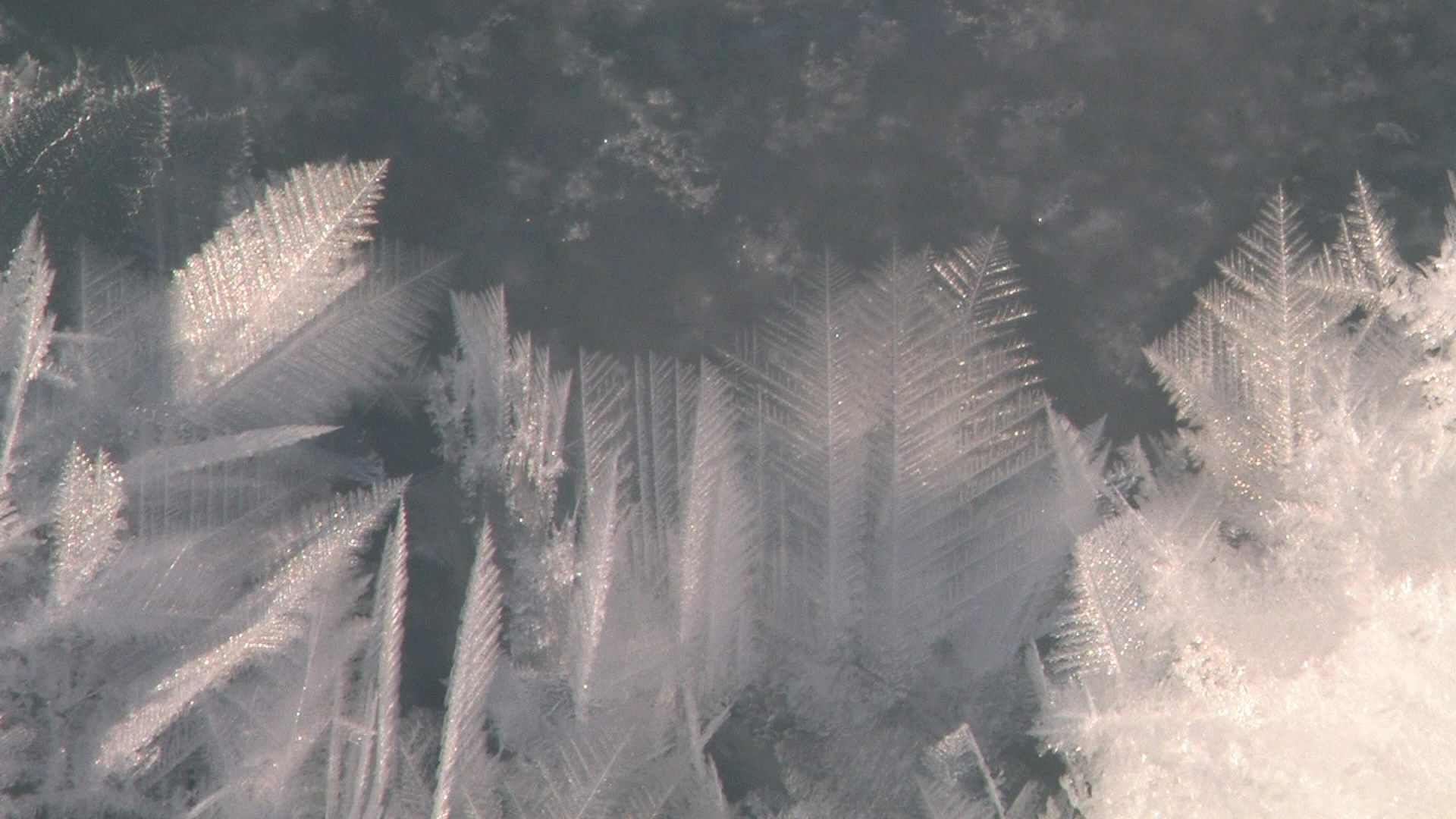
Kanijjuk - Frost flower
Indigenous Knowledge
Kanijjuk ᑲᓂᔾᔪᒃ
‘Frost crystals forming on thin ice (sikuliak).’ (Sanikiluarmiutitut, Sanikiluaq Siku Terminology Workshop 2018)
Qanguti ᖃᖑᑎ
'An additional condition called qanguti may form on sikuaq, or on ice at the floe edge. The process of qangutaituq leads to the ice condition of 'qanguti'. You can identify this condition when the ice is covered with what looks like little snowflakes or little flowers growing out of the ice. Hear from Atsiaq Alasuaq about these little “frost flowers”. Qanguti is also used as an indicator to tell areas where the ice will form smoothly once it has thickened.' (North/South Qikiqtaaluk, Inuit Siku Atlas)
Karnguq ᑲᕐᖑᖅ
'ᓯᑯ ᓄᑖ ᑕᕆᐅ ᖄᖓᓅᐸᓕᐊᖢᓂ, ᐱᕈᖅᓯᐊᑎᑐ ᐱᕈᖂᔨᓪᓗᓂ.ᓯᑯᕋᑖᑐᒥᒃ ᐊᐳᑎᖃᖏᑐᒥᒃ ᑕᕆᐅᕈᔪᓐᓂᒃ ᐱᕈᖅᓯᐊᖑᖂᔨᔪᑦ ᓴᕿᓕᖢᑎᒃ. ᓯᑯᕙᓕᐊᔫᑉ ᖄᖓ ᐊᐱᕙᓕᐊᔪᒃ ᐃᒻᒥᓂᒃ.
Siku nutaa tariu qaanganuupalia&uni, piruqsiatitu piruquujilluni. Sikurataatumik aputiqangitumik tariurujunnik piruqsianguquujijut saqili&utik. Sikuvaliajuup qaanga apivaliajuk imminik.
When the sea ice is forming it makes crystals about 2 cm high on the top of the ice. The crystals look like flowers (karnguq) about the size of a twoonie coin. You never find just one, there is always a colony. They can cover the whole surface, and are very salty. The cold weather and the warmth of the ocean cause the crystals to condense and form on
the sea ice (karngusirsimajuq).'
(Mittimatalik, North Qikiqtaaluk, Sikumiut Committee, Wilson and Arreak 2022: 74)
Western Knowledge
Frost flowers '(Fleurs de givre [fr]): A growth of ice crystals by condensation from the atmosphere at points on the surface of young
ice. After formation, sea water may be drawn through the ice into the flowers. These delicate, highly saline crystals effectively roughen the surface, often dramatically altering the appearance of sea ice in microwave remote sensing imagery.' (WMO)
Profile photo credit: Joel Heath
.svg)